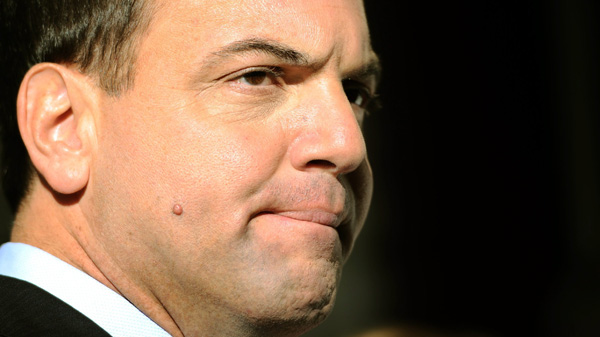This has been a long time in the making. You may recall that back in 2009, I put together this short video where I gave an overview of mapping/translating/projecting NRCan .shp files in Google Earth. I took the 2008 poll boundaries and the 2008 general election results and mashed them up so that every poll division from that election could be visualized in Google Earth.
What about the results from the 2011 General Election? Could those be mapped too? Yes.
When I first put the video out lots of people were interested in the project and asked if they could play around with the maps themselves. I’ve been up to a few other things since then and lost track of the project, but recently I’ve been busy on this again and I’ve put together a maps section on this website where you can explore election results in Google Maps. Not only this, you can download the files to zoom around on your desktop version of Google Earth.
Not only this, but I’ve gone ahead and mapped the 2006, 2004, 2000 and 1997 election poll divisions and results in addition to those from 2011 and 2008.
So, for those counting: that’s 6 general elections, 308 ridings per election (301 seats in each of 2000 and 1997), about 200 average poll divisions per riding and a handful of candidates running in each riding. That’s amounts to approximately 1.6 million polls! The data, all-in-all, takes up about 12 GB on my server’s MySQL database.
Go on and take a tour of the new Maps feature (if you don’t have the Earth plugin you can easily switch to Maps, Satellite or Hybrid). Many of the maps are too large to render on a simple browser iteration of Google Maps so you’ll have to download the maps to Google Earth to get a full appreciation (links are provided).
If you like what you see, give it a shout-out on twitter. I’d be happy if more people had access these files.
Here’s a sample of some of the visuals from the maps:

2011 Labrador

2011 Central Nova

2004 Esquimalt Juan-de-Fuca

1997 Vancouver Centre

